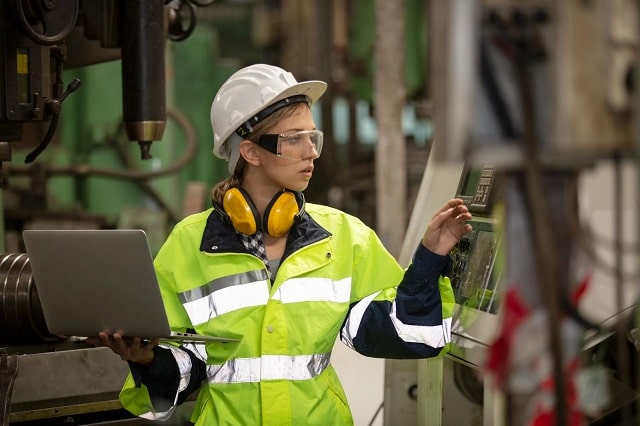Facility maintenance is a critical component of operational efficiency and longevity for any organization. A well-defined facility maintenance strategy not only ensures the safety and comfort of occupants but also maximizes the lifespan of physical assets. In today’s fast-paced business environment, where the cost of operational disruptions can be significant, implementing a proactive maintenance approach is essential. This article delves into the key elements that constitute an effective facility maintenance strategy, highlighting best practices, technological advancements, and the importance of data-driven decision-making.
As organizations continue to evolve, so do their maintenance needs. The shift towards sustainability, energy efficiency, and smart building technologies requires maintenance strategies that are not only reactive but also forward-thinking. By integrating regular inspections, preventive maintenance, and predictive analytics, organizations can minimize downtime and improve overall performance. This article will explore how a strategic maintenance framework can help facilities adapt to emerging challenges, optimize resource allocation, and align with broader organizational goals.
Integrating Technology in Facility Maintenance
The integration of technology in facility maintenance has revolutionized how organizations manage their physical assets. Smart sensors and IoT devices allow for real-time monitoring of equipment and systems, enabling proactive response to potential issues before they escalate into costly repairs. By analyzing data collected from these devices, facility managers can make informed decisions about maintenance schedules and resource allocation, resulting in extended asset life and reduced operational costs. Furthermore, the use of Computerized Maintenance Management Systems (CMMS) helps streamline maintenance processes and documentation, ensuring compliance and minimizing downtime across the board. For more insights into effective strategies, visit this website.

Sustainability and Energy Efficiency
Incorporating sustainability into facility maintenance is becoming increasingly important for organizations aiming to reduce their environmental footprint. Strategies such as energy audits, green cleaning techniques, and the adoption of renewable energy sources not only contribute to a more eco-friendly operation but also lead to long-term cost savings. By emphasizing energy efficiency and sustainable practices, businesses can enhance their public image while ensuring compliance with evolving regulations and standards. Ultimately, a commitment to sustainable maintenance practices not only benefits the environment but also promotes the well-being of building occupants and aligns organizational values with broader societal goals.
In conclusion, a comprehensive facility maintenance strategy is vital for organizations striving to achieve operational excellence, ensure occupant safety, and embrace sustainability. By leveraging advanced technologies, such as IoT and data analytics, facility managers can transform maintenance from a reactive task into a proactive system that preempts issues, optimizes resource use, and enhances overall organizational performance. As businesses navigate the complexities of modern demands, implementing strategies that prioritize energy efficiency and sustainability will not only reduce costs but also foster a positive impact on the environment and society. Ultimately, the integration of these practices aligns maintenance efforts with the broader goals of the organization, positioning it for long-term success in an ever-changing landscape.





